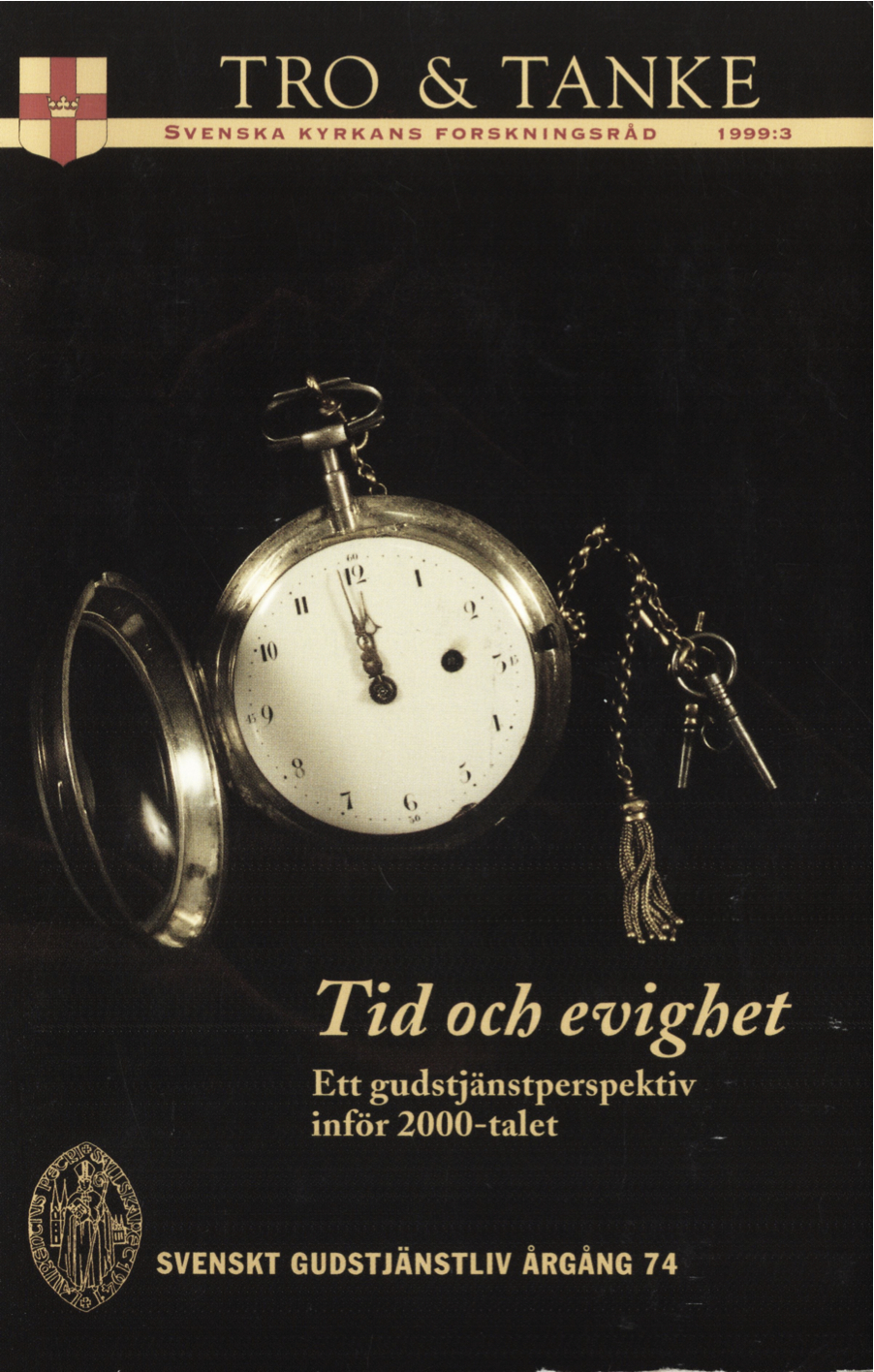Traditioner vid årsskiftet
Abstract
Even though the birth of Christ constitutes the dividing line in our western calendar, it is not Christmas Day hut January 1 that we celebrate from old, Roman pattern as New Year’s Day—at least since we got printed calendars in the 16th century. New Year’s Day has its “name”—Sylvester—in the Swedish calendar from pope Silvester I, who died on December 31 in the year 335.
New Year celebrations are, like other holidays in the Nordic countries, begun in the evening—and in our time-aware day they culminate at 12 o’clock at night.
At the turn of the 20rh century, a general ringing of bells was decreed, but this did not become a custom until the 1920's, with or without connection to vigilia. The radiation of the bell-ringing, from 1925 onwards, was a contributory cause for its being more widely spread.
By the telecast (from Skansen in Stockholm) both of the declamation of Tennyson’s poem Nyårsklockan (#CVI in In Memoriam) and the bell-ringing, it can be said that we had got a ritual for a national, Swedish New Year celebration— together with eating and drinking in homes or restaurants.
The national character of New Year’s Day was in older times expressed by people giving a salute for the King early in the morning and by their visiting the Royal Castle—which is still the custom in Denmark. The visits took place after the New Year’s Day Service also in the county towns, the regimental towns, and the cathedral cities. These visits have nowadays been replaced by cards bearing Christmas and New Year symbols and wishes for a merry Christmas and a happy new year.
During the days immediately after the turn of the year, we wish each other “A Happy New Year” or “A Good Continuation of the New Year”.
It happened of old that hy various kinds of interpretations, people wanted to individually ascertain what was in store for the new year. In our day these interpretations have often been replaced by New Year resolutions, perhaps mostly among young people.
Even though the turn of the millennium will follow the ritual pattern that has been shaped at both national, local, and family levels, it will indubita bly make us all think in particular of our own brief time on earth.
Downloads
Published
Issue
Section
License
© the authors, Laurentius Petri Sällskapet för Svenskt Gudstjänstliv and Artos & Norma Bokförlag. Copying and using material from Svenskt Gudstjänstliv for scholarly purposes is permitted as long as the source is indicated. For other uses, please contact the respective author as well as the publisher. Special restrictions may apply to images.


